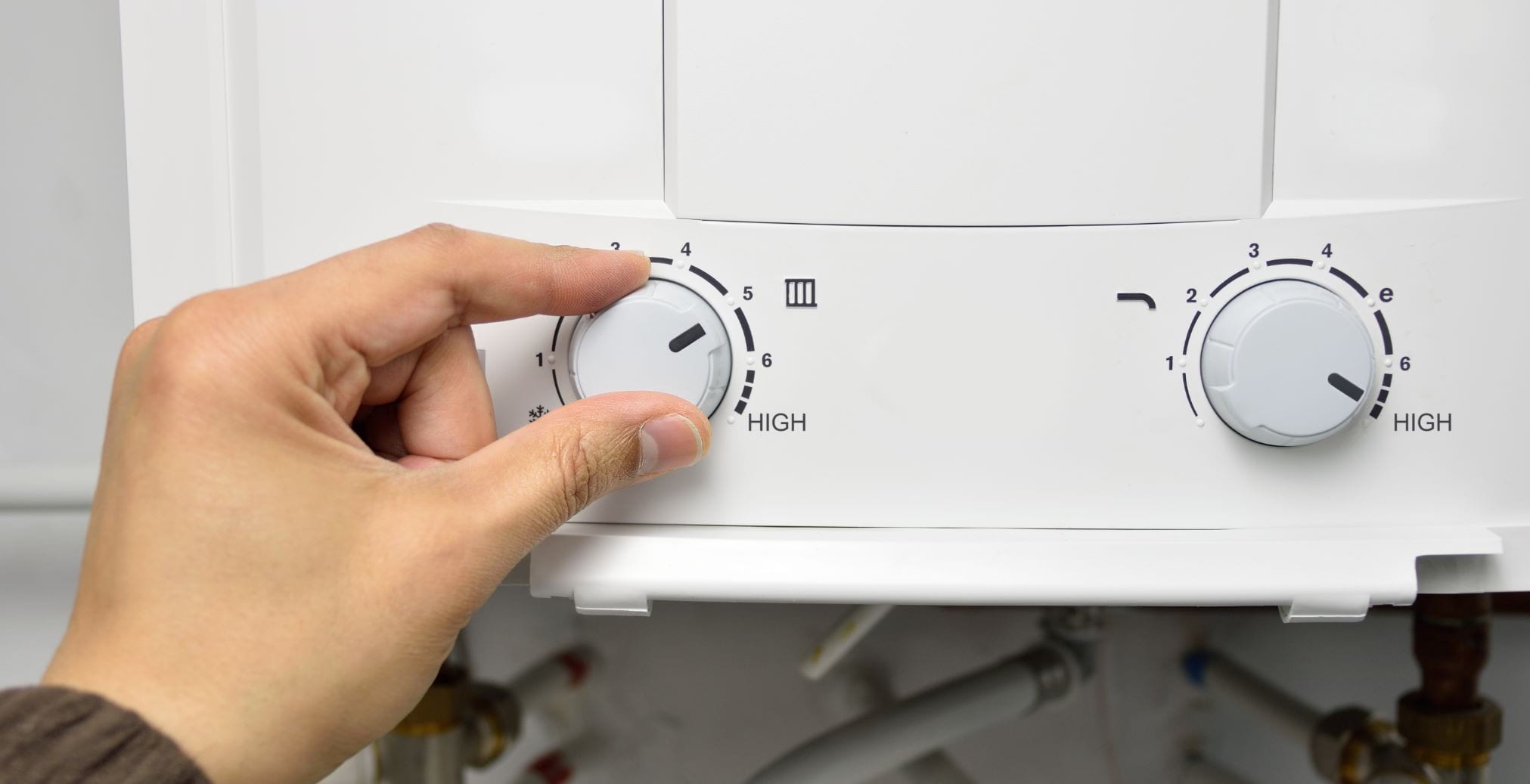

Articles
How To Use Water Heater
Modified: October 31, 2024
Learn how to effectively use a water heater with informative articles. Discover essential tips and tricks to optimize its performance and ensure efficient heating in your home.
(Many of the links in this article redirect to a specific reviewed product. Your purchase of these products through affiliate links helps to generate commission for Storables.com, at no extra cost. Learn more)
Introduction
Welcome to our comprehensive guide on how to use a water heater. If you’ve recently installed a water heater in your home or are considering getting one, it’s crucial to understand how to operate and maintain it properly. A water heater is an essential appliance that provides hot water for showers, washing dishes, and other everyday tasks.
In this article, we’ll walk you through the different types of water heaters, the components that make them function, safety precautions to keep in mind, and step-by-step instructions on operating the heater. We’ll also address common troubleshooting issues and provide guidance on regular maintenance to ensure your water heater remains efficient and reliable.
Before we dive in, it’s important to note that water heaters can vary in design and functionality. The information provided here serves as a general guide and may not apply to every specific model or brand. Always refer to the manufacturer’s instructions and seek professional assistance if you have any doubts or concerns.
Now, let’s get started by understanding the different types of water heaters and the components that make them work.
Key Takeaways:
- Prioritize safety by understanding your water heater’s components, following proper installation and maintenance, and handling hot water cautiously to prevent accidents and injuries.
- Regular maintenance, including flushing the tank, checking the anode rod, and insulating pipes, ensures optimal performance, energy efficiency, and longevity of your water heater.
Read more: What Is A Point Of Use Water Heater
Understanding Your Water Heater
When it comes to water heaters, there are several types to choose from, each with its own advantages and limitations. The most common types include tankless water heaters, storage tank water heaters, heat pump water heaters, and solar water heaters.
Tankless water heaters, also known as on-demand water heaters, provide hot water as needed. They heat the water flowing through them quickly, eliminating the need for a storage tank. This type of water heater is compact and energy-efficient, making it an excellent choice for smaller households or areas with limited space.
Storage tank water heaters, on the other hand, store and heat a specific amount of water in a tank. When hot water is needed, it is drawn from the tank. These water heaters come in various sizes and provide a continuous supply of hot water for multiple household tasks. However, they consume energy to maintain the water temperature, even when not in use.
Heat pump water heaters use electricity to transfer heat from the air or ground to the water. They are highly energy-efficient and can significantly reduce energy costs compared to traditional storage tank water heaters. However, heat pump water heaters work more efficiently in warmer climates and may require additional space for installation.
Solar water heaters rely on energy from the sun to heat the water. They feature solar collectors that harness sunlight and transfer the heat to the water. While they can be more expensive to install, solar water heaters are incredibly environmentally friendly and can save you money on energy bills in the long run.
Now that we have covered the different types of water heaters, let’s take a closer look at the components that make up a typical water heater.
A water heater consists of a few key components: the tank, heating element or burner, thermostat, pressure relief valve, and anode rod. The tank holds the water and maintains its temperature. Depending on the type of water heater, it may have one or two heating elements or a gas burner to heat the water inside the tank.
The thermostat regulates the temperature of the water by turning the heating element or burner on and off as needed. It allows you to adjust the temperature to suit your preferences while ensuring safety and preventing scalding.
The pressure relief valve is a crucial safety feature that releases excess pressure from the tank if it exceeds safe levels. This prevents the tank from bursting or causing damage due to excessive pressure build-up.
The anode rod is a sacrificial metal rod that helps prevent corrosion inside the tank. It attracts corrosive elements, protecting the walls of the tank from rust and deterioration. Regularly checking and replacing the anode rod is essential to maintain the longevity of your water heater.
Now that you have a basic understanding of the different types of water heaters and the components they consist of, you’re well-equipped to make an informed decision when choosing and using your water heater.
Safety Precautions
When it comes to operating a water heater, safety should always be a top priority. Here are some important safety precautions to keep in mind:
Proper installation and maintenance: Ensure that your water heater is installed by a qualified professional according to local building codes and regulations. Regular maintenance is also essential to keep the heater functioning optimally. This includes checking for any leaks, inspecting the pressure relief valve, and flushing the tank periodically to remove sediment buildup.
Handling hot water safely: Hot water can cause severe burns. Always exercise caution when using hot water and teach other household members about the potential dangers. Set the water heater temperature to a safe level, typically around 120 degrees Fahrenheit (49 degrees Celsius). Additionally, install temperature limiting devices on faucets and showers to prevent accidental scalding.
Shutting off the water heater: Familiarize yourself with the location of the shut-off valve for the water heater. In case of emergencies, such as a leaking or malfunctioning unit, shutting off the water supply to the heater will help prevent further damage or potential hazards. This is typically done by turning off the cold water supply valve located near the top of the water heater.
By following these safety precautions, you can ensure a secure and hazard-free operation of your water heater. Remember, if you encounter any issues or have concerns about the safety of your water heater, it is always best to consult with a professional plumber or the manufacturer for guidance.
Operating Your Water Heater
Now that you have your water heater installed and understand the safety precautions, let’s delve into how to operate it effectively. Here are the key steps to follow:
Adjusting the temperature settings: Locate the thermostat on your water heater. It is usually located near the bottom of the tank or on the front panel. Use a screwdriver or adjuster tool to set the temperature to your desired level. Keep in mind that a lower temperature setting not only reduces the risk of scalding but also helps save energy.
Starting the heater: If you have a gas water heater, check that the gas supply is connected and turned on. Locate the pilot light and carefully follow the manufacturer’s instructions to ignite it. Once the pilot light is lit, you can turn the gas control knob to the on position. For electric water heaters, simply ensure that the unit is plugged into a functioning power outlet.
Maintaining a constant water temperature: Once the water heater is running, it will heat up the water inside the tank. It is important to maintain a consistent water temperature for optimal comfort and efficiency. Avoid adjusting the temperature setting frequently as it can cause fluctuations in hot water availability. Monitor the water temperature periodically and make adjustments as needed.
It’s worth noting that some modern water heaters come with advanced features such as programmable timers and vacation modes. These settings allow you to schedule the water heater to align with your daily routine or conserve energy when you’re away from home. Refer to the manufacturer’s instructions to take advantage of these additional features.
Remember, if you have any doubts or encounter any issues while operating your water heater, consult the manufacturer’s manual or seek guidance from a professional plumber. Proper operation of your water heater ensures not only hot water convenience but also energy efficiency and longevity of the appliance.
To use a water heater effectively, set the temperature to 120°F to prevent scalding and save energy. Insulate the hot water pipes to reduce heat loss and consider a timer to heat water only when needed.
Troubleshooting Common Issues
Water heaters are reliable appliances, but occasionally, you may encounter some common issues. Here are a few troubleshooting tips for three of the most common problems:
No hot water: If you’re not getting any hot water, there could be a few possible causes. First, check the power supply or gas connection to ensure the water heater is receiving electricity or gas. If it’s an electric water heater, check the circuit breaker to make sure it hasn’t tripped. Next, inspect the heating element or burner. A faulty or burned-out element may need to be replaced. If you have a gas water heater, ensure that the pilot light is lit and functioning correctly. If you’re still experiencing issues, it’s best to contact a professional plumber for further assistance.
Running out of hot water quickly: If you’re finding that your hot water supply is running out faster than usual, the most likely culprit is sediment buildup in the tank. Over time, sediments such as minerals and debris can accumulate at the bottom of the tank, reducing its capacity and efficiency. Flushing the tank regularly can help remove these sediments. Refer to the manufacturer’s instructions on how to safely flush the tank or consider hiring a professional plumber for this task.
Leaks and unusual noises: Water leaks or unusual noises coming from your water heater can indicate a problem. Inspect the area around the tank for any noticeable leaks. If you find a leak, it may be due to a loose or damaged connection, a faulty valve, or a crack in the tank. In such cases, it’s best to turn off the water heater and contact a professional plumber for immediate attention. Unusual noises such as banging, popping, or hissing sounds may be caused by sediment buildup or a malfunctioning heating element. Flushing the tank or replacing the heating element may help resolve these issues.
Remember, safety should always be a top priority. If you’re unsure about any troubleshooting steps or if you’re unable to resolve the issue on your own, seek professional assistance. A qualified plumber can diagnose the problem accurately and provide the necessary repairs or replacements to ensure your water heater functions properly.
Read more: How Much Propane Does A Water Heater Use
Regular Maintenance
Regular maintenance is essential to keep your water heater in optimal condition, extend its lifespan, and ensure efficient operation. Here are some key maintenance tasks to include in your routine:
Flushing the tank: Over time, sediments such as minerals and debris can accumulate at the bottom of the water heater tank. This buildup can reduce the heater’s efficiency and even cause damage. Flushing the tank periodically helps remove these sediments. Refer to the manufacturer’s instructions for the recommended flushing procedure, as it may vary depending on the type and model of your water heater. Generally, the process involves shutting off the power or gas supply, attaching a hose to the drain valve, and draining the tank until the water runs clear.
Checking and replacing the anode rod: The anode rod is a sacrificial metal rod that attracts corrosive elements to protect the tank from rust and deterioration. Over time, the anode rod may become corroded and ineffective. Checking the condition of the anode rod annually is crucial. If it’s heavily corroded or has significantly deteriorated, it’s time to replace it. Consult the manufacturer’s instructions on how to access and remove the anode rod properly.
Insulating the pipes: Insulating the hot water pipes can help minimize heat loss as water travels from the heater to your faucets and showers. Pipe insulation sleeves are readily available at hardware stores and are easy to install. Insulating the pipes reduces the amount of energy required to deliver hot water, which can lead to energy savings and a more efficient water heating system.
Additionally, it’s a good practice to regularly check for any leaks, especially around the connections and valves of your water heater. If you notice any leaks or signs of water damage, address the issue promptly to prevent further damage or potential safety hazards. It’s recommended to engage the services of a professional plumber if you’re uncertain how to troubleshoot or fix any issues.
By incorporating these regular maintenance tasks into your routine, you can enhance the performance and longevity of your water heater, ensuring that it continues to provide reliable and efficient hot water for years to come.
Conclusion
Congratulations! You have now gained a solid understanding of how to use and maintain your water heater effectively. By following the guidelines and safety precautions outlined in this article, you can ensure the proper operation, safety, and longevity of your water heating system.
Remember, choosing the right type of water heater for your needs and understanding its components are crucial first steps. Whether you have a tankless water heater, storage tank water heater, heat pump water heater, or solar water heater, knowing how it works will help you utilize it effectively.
Ensure you always prioritize safety when operating your water heater. Proper installation, regular maintenance, and handling hot water safely are essential to prevent accidents and injuries. Familiarize yourself with the shut-off valve and how to shut off the water heater in case of emergencies.
If you encounter any issues, troubleshooting common problems like lack of hot water, inadequate supply, leaks, or unusual noises is important. Regular maintenance tasks, such as flushing the tank, checking and replacing the anode rod, and insulating the pipes, will help keep your water heater in optimal condition.
Remember to consult with the manufacturer’s instructions for your specific model and seek professional assistance whenever necessary.
By implementing these tips and consistently maintaining your water heater, you can ensure a reliable supply of hot water for your daily needs while maximizing energy efficiency and prolonging the lifespan of your appliance.
Thank you for reading this comprehensive guide on how to use and maintain a water heater. Stay warm and enjoy the comfort of hot water whenever you need it!
Frequently Asked Questions about How To Use Water Heater
Was this page helpful?
At Storables.com, we guarantee accurate and reliable information. Our content, validated by Expert Board Contributors, is crafted following stringent Editorial Policies. We're committed to providing you with well-researched, expert-backed insights for all your informational needs.
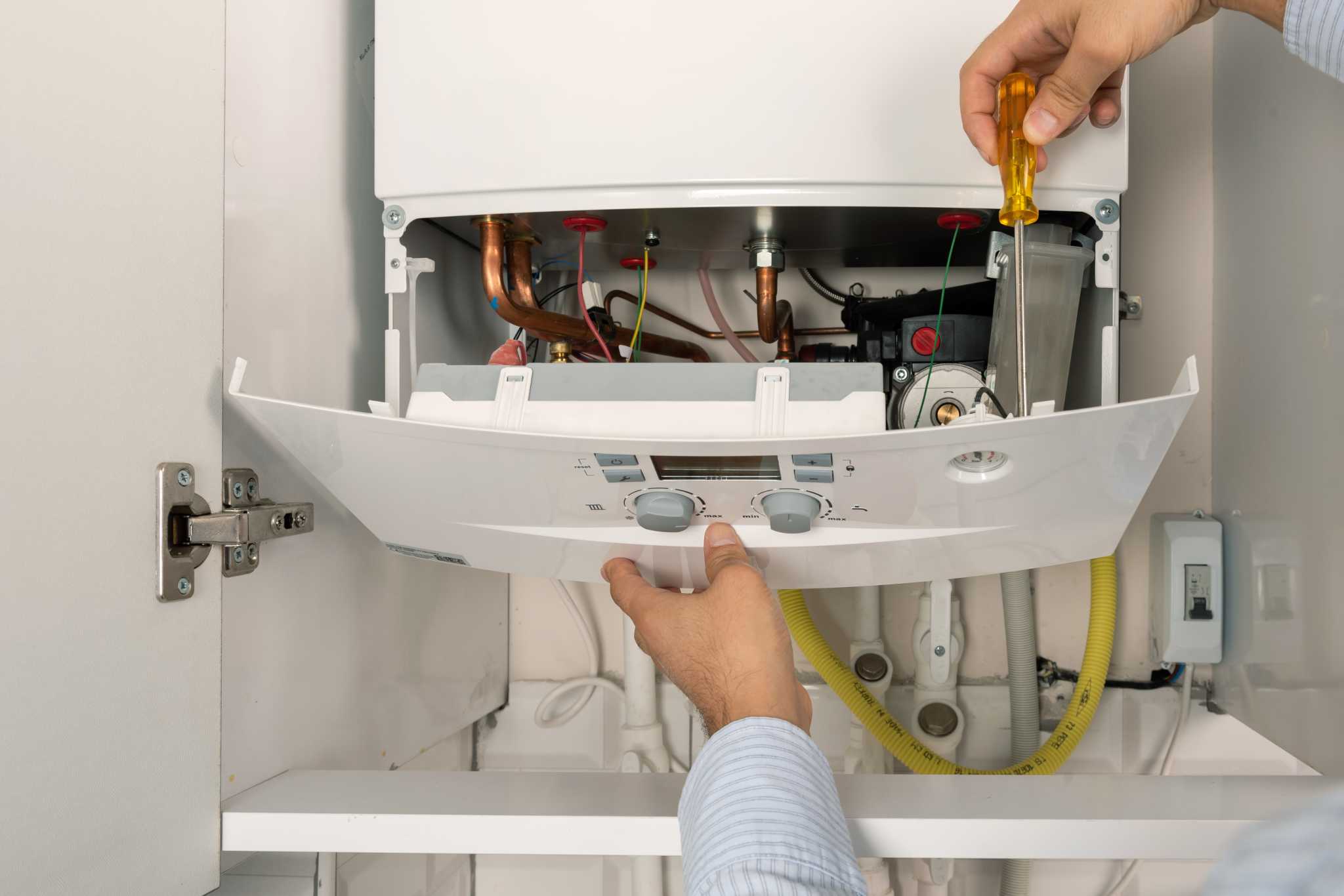
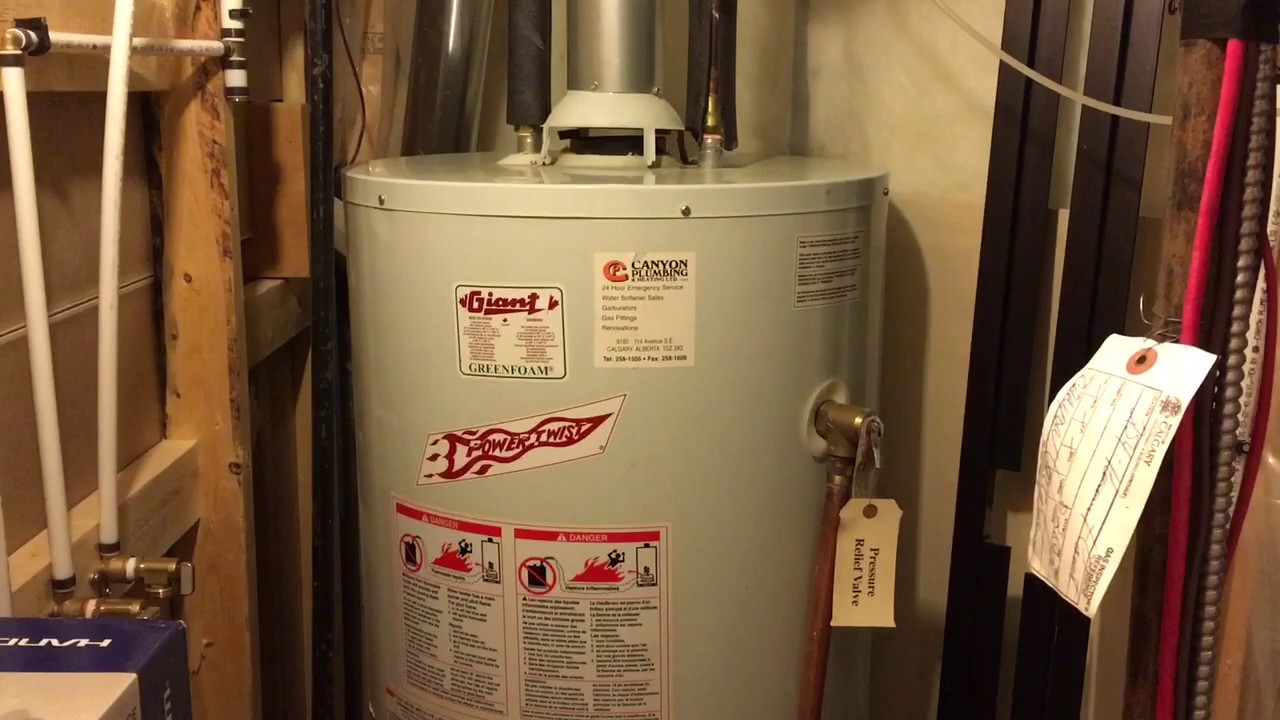
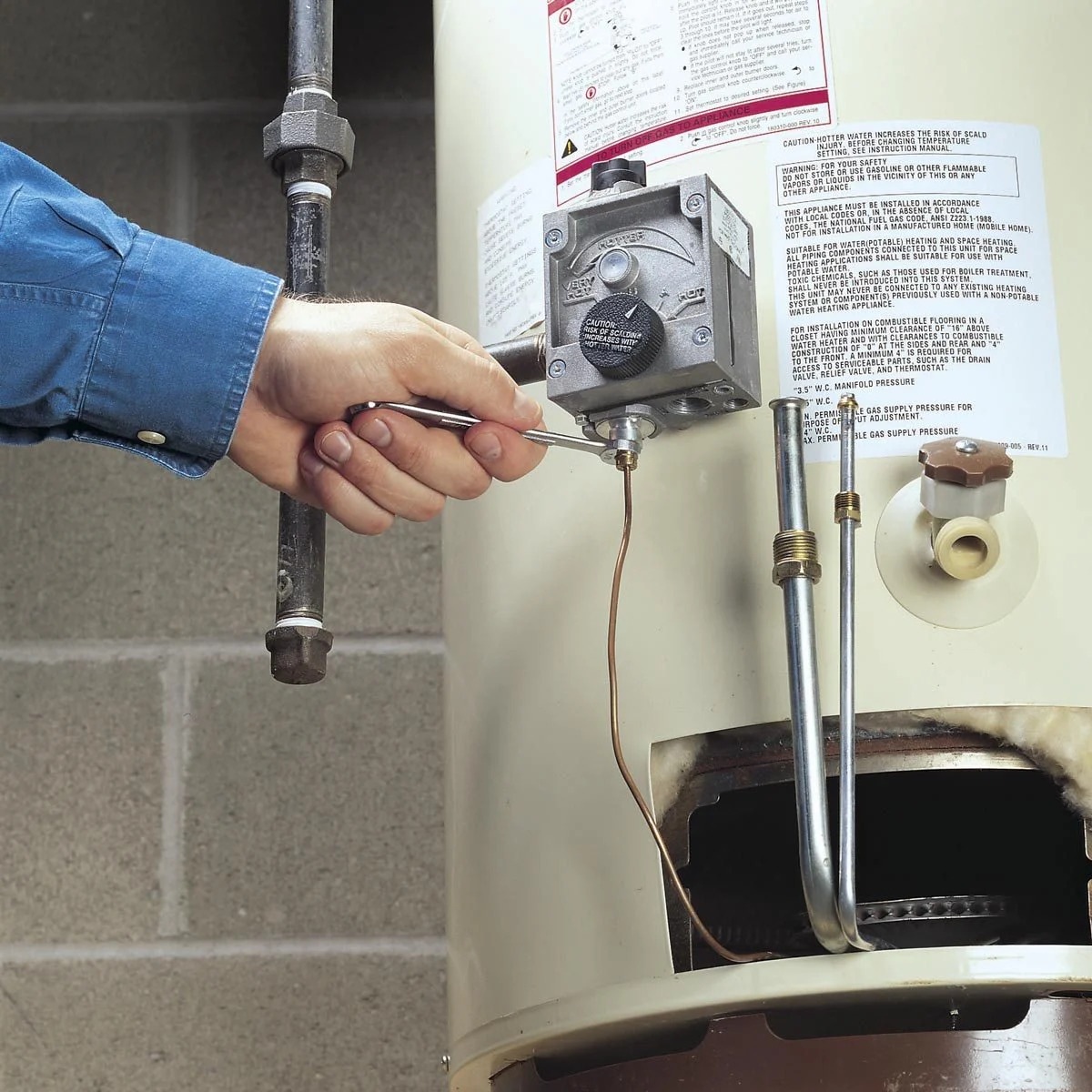
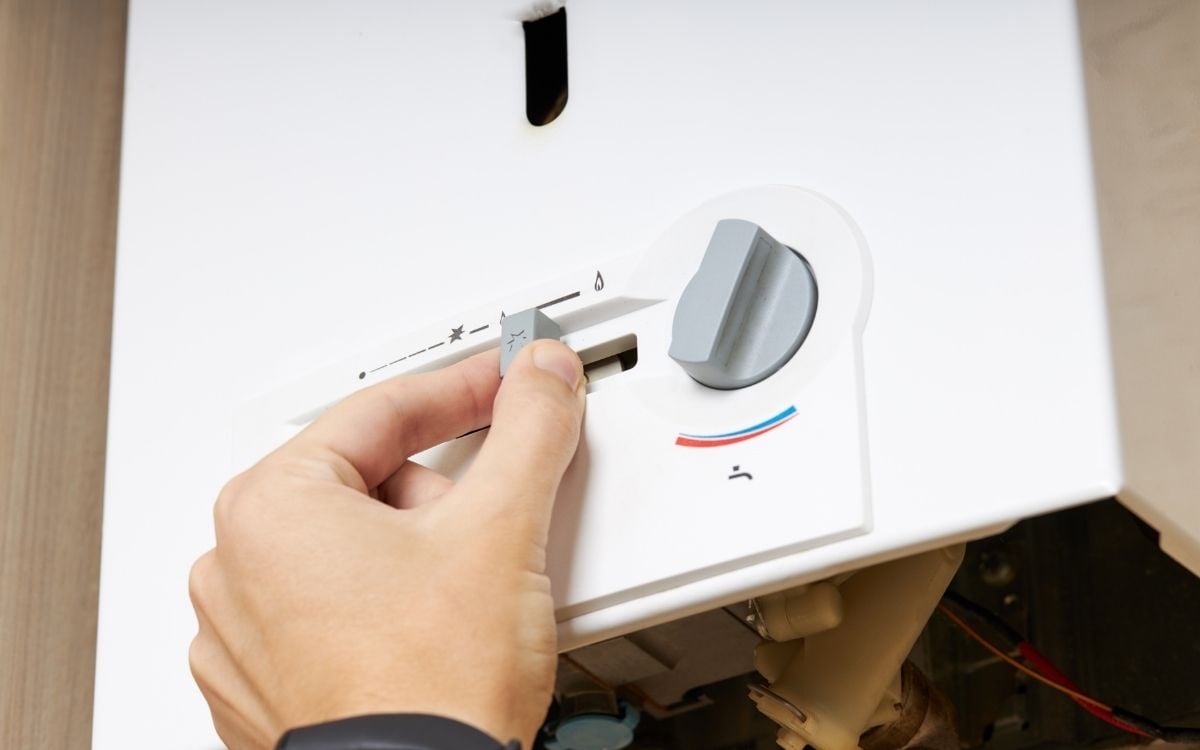
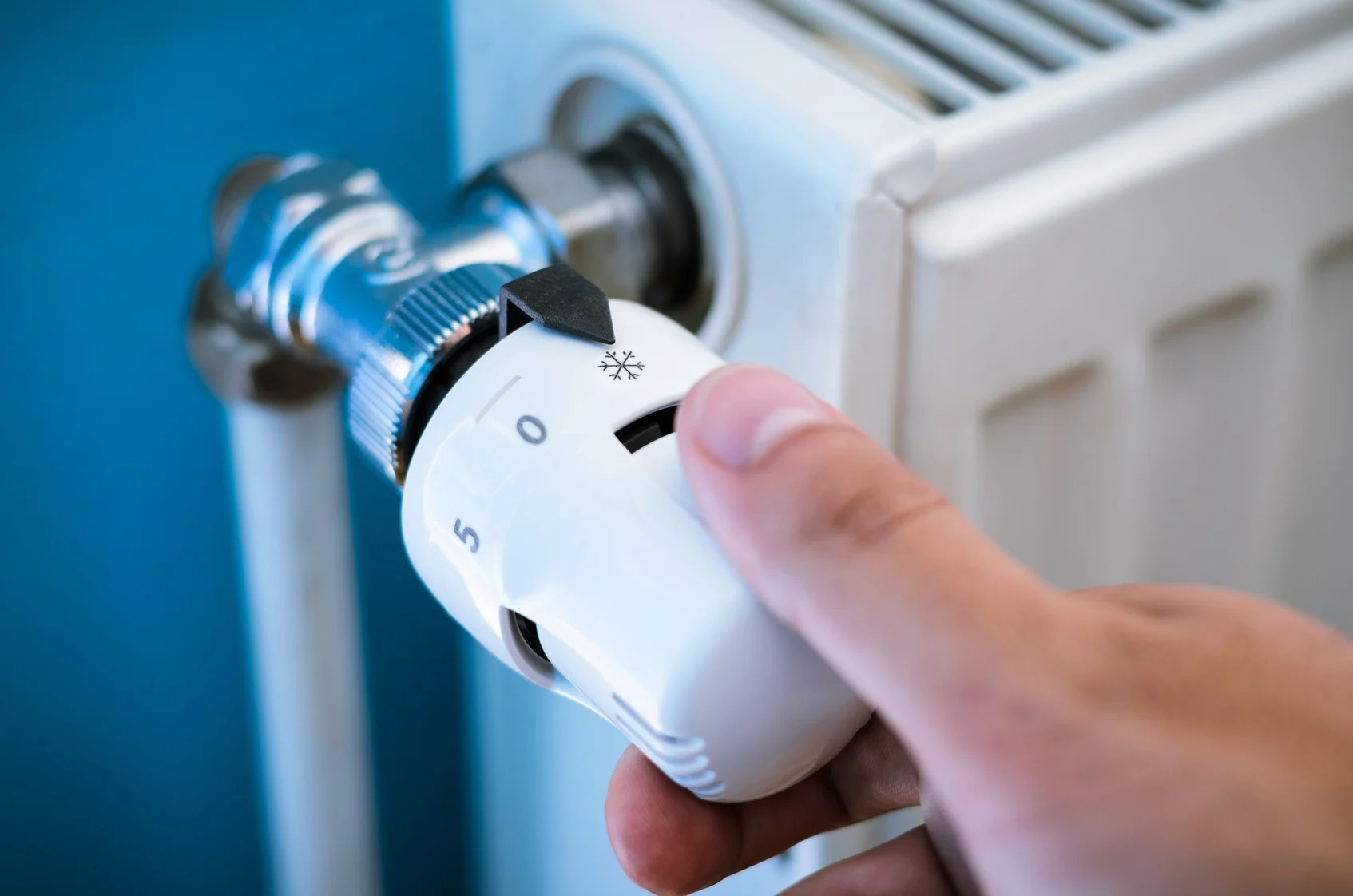
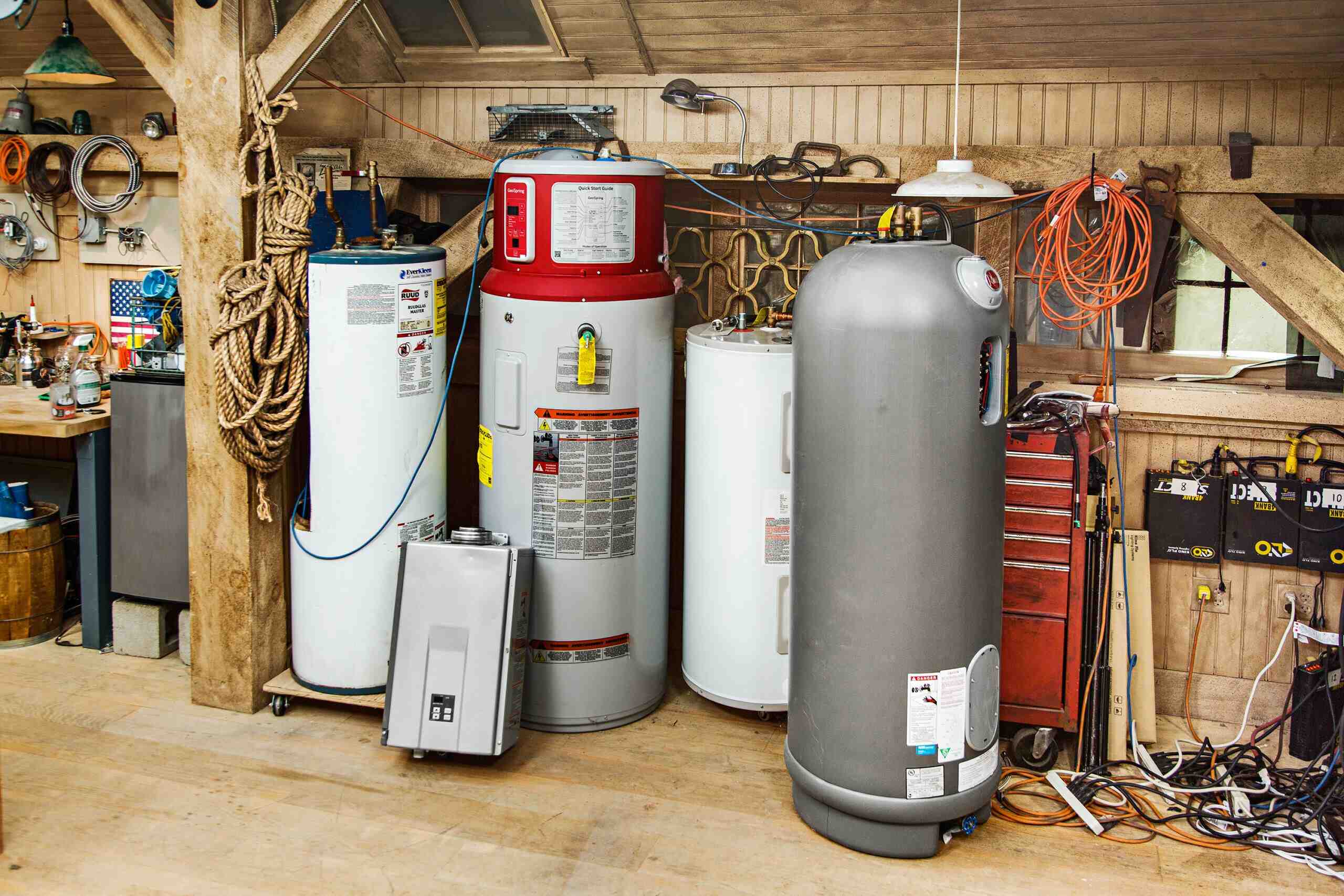
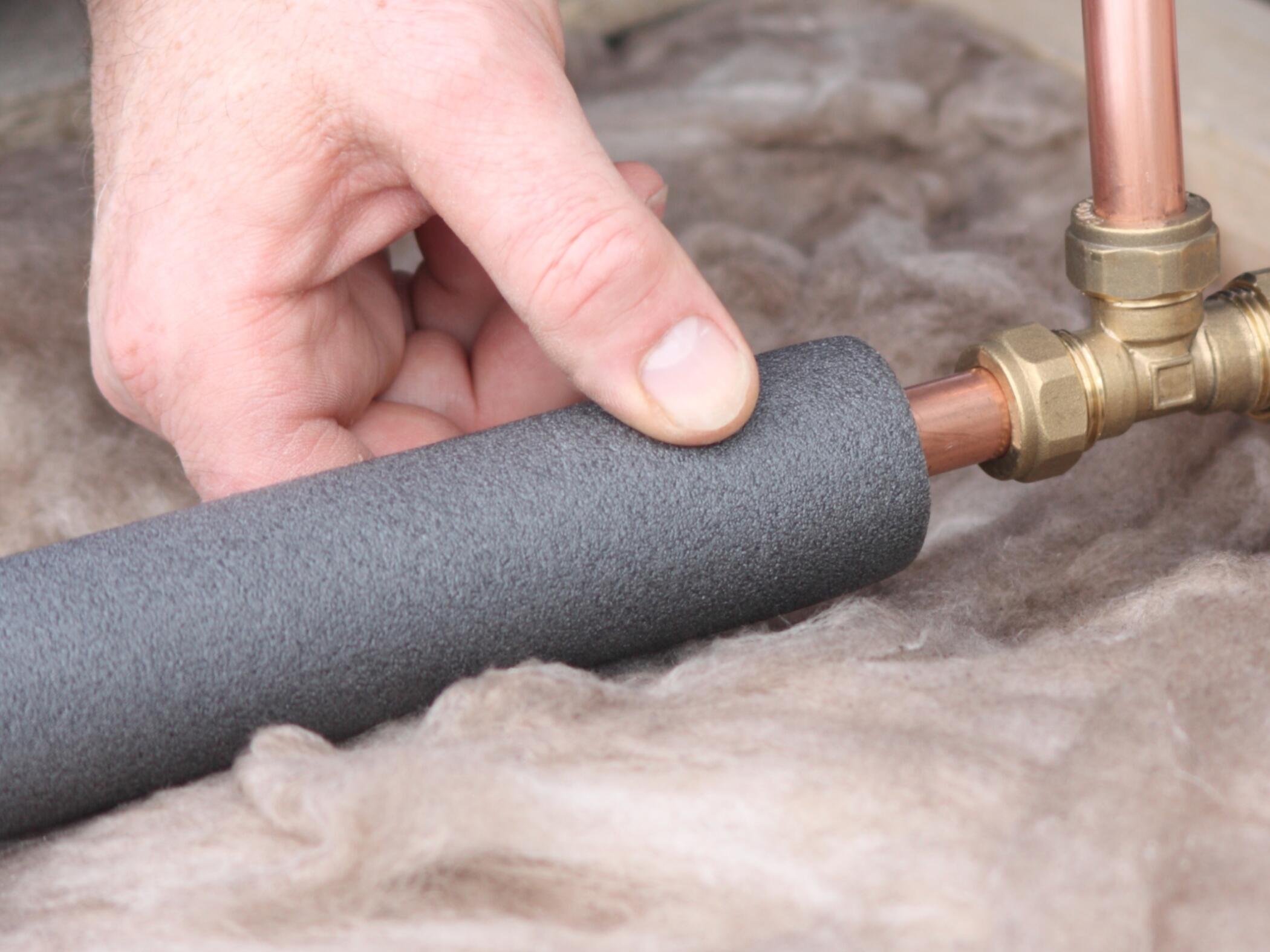
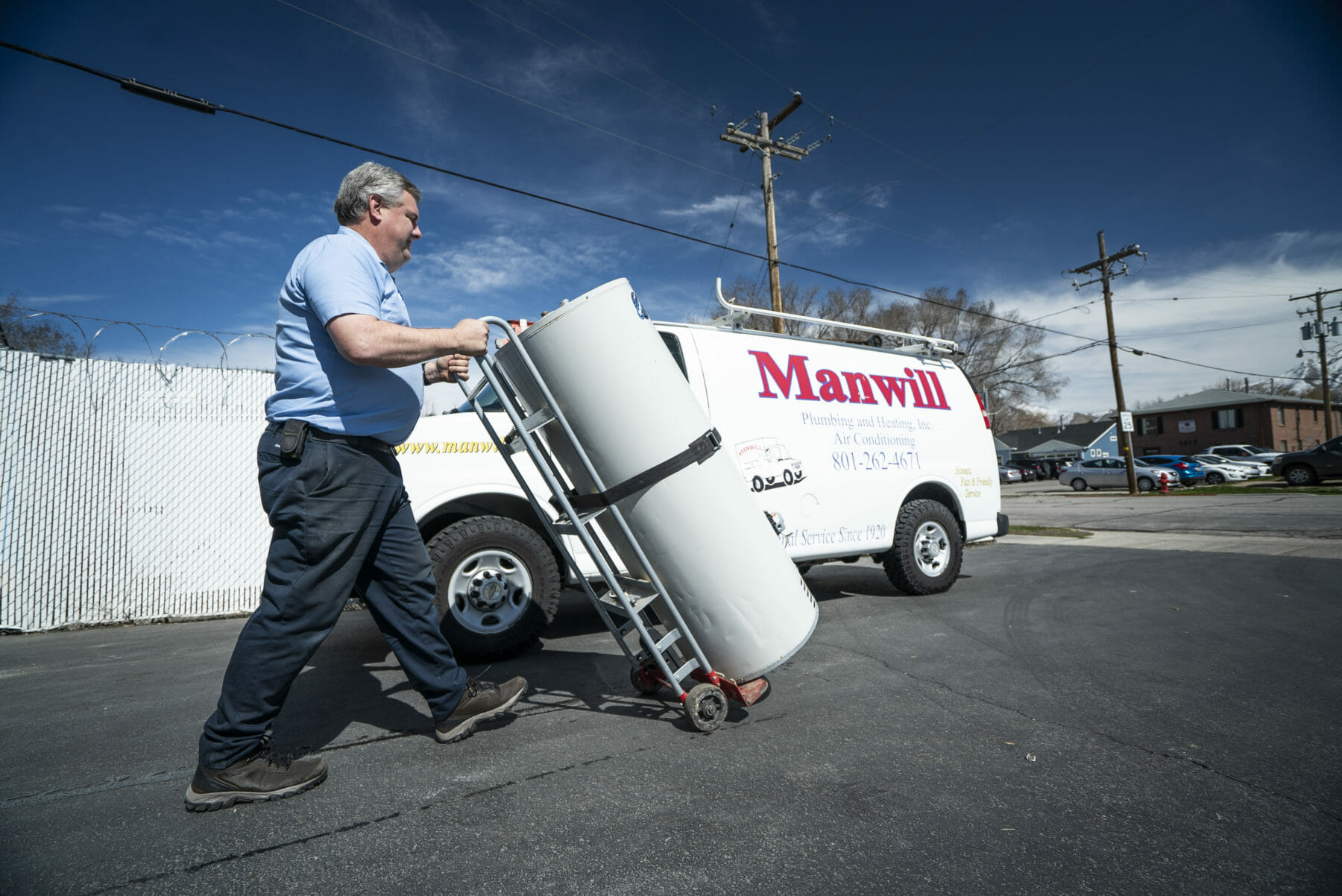

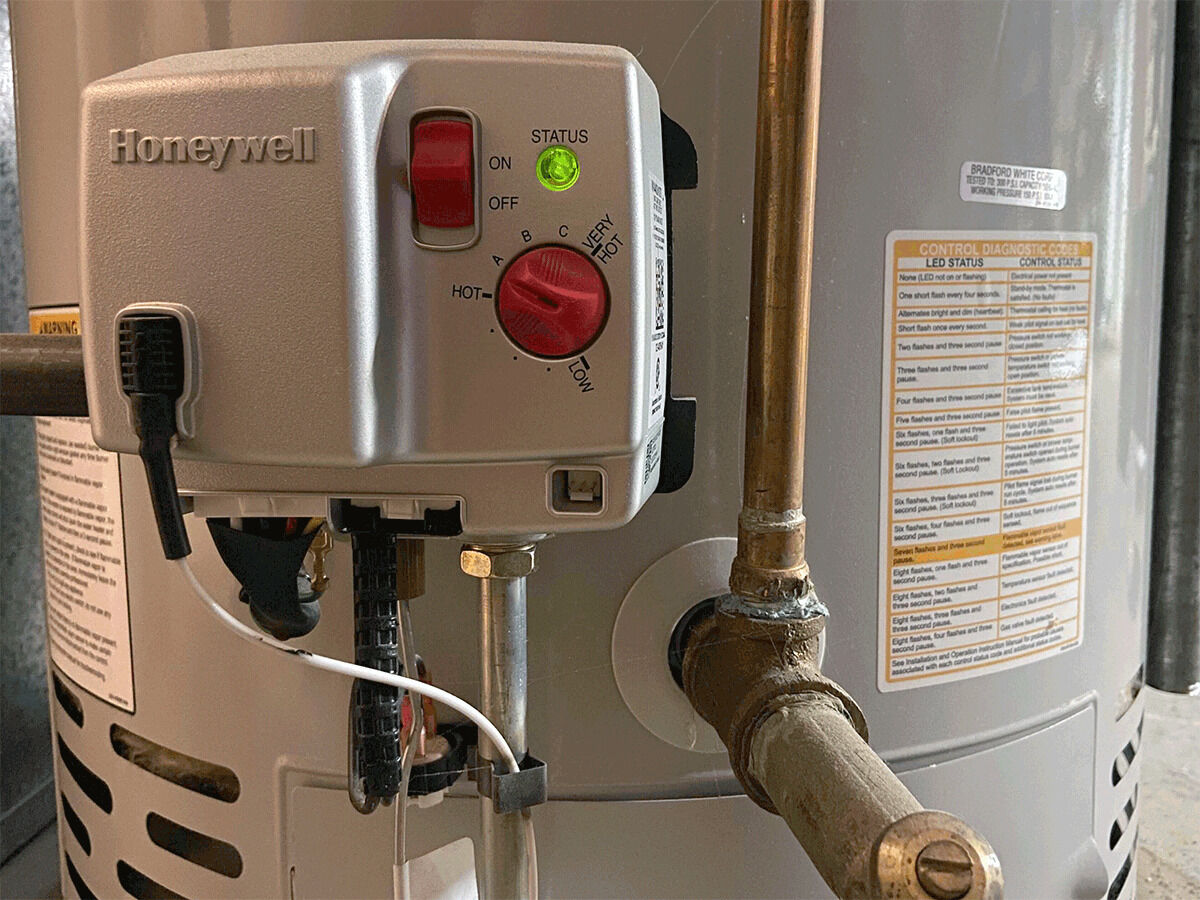
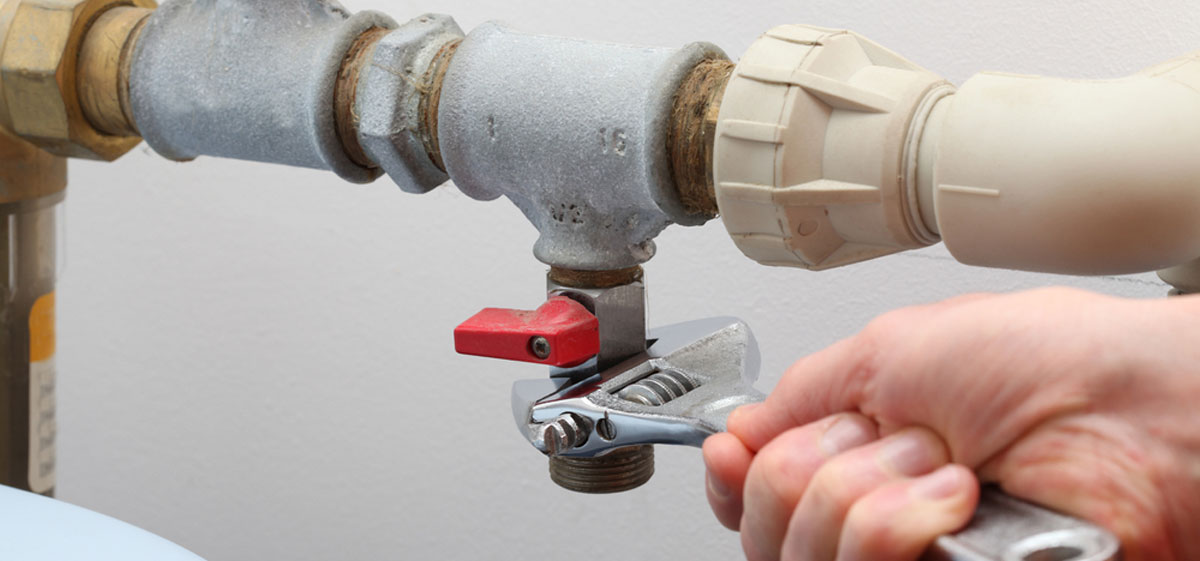
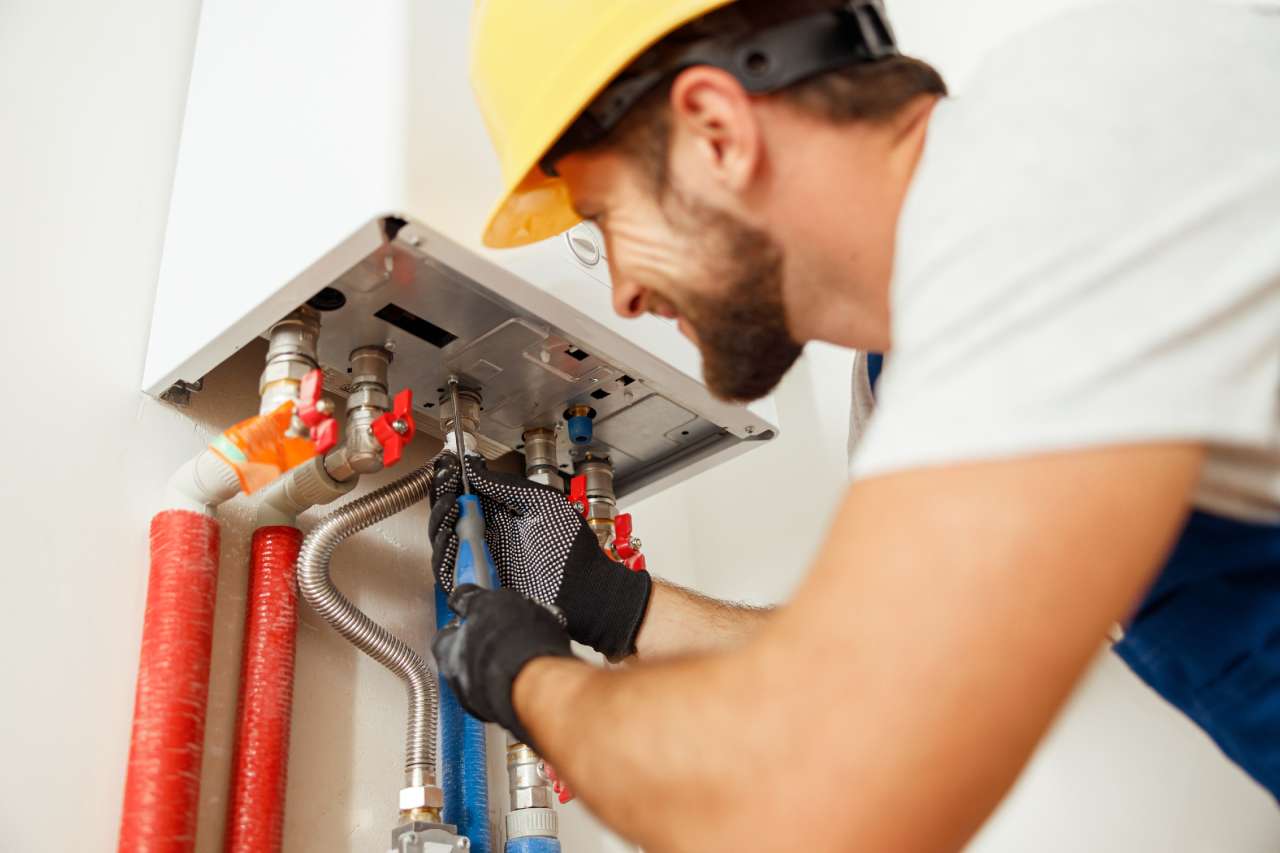
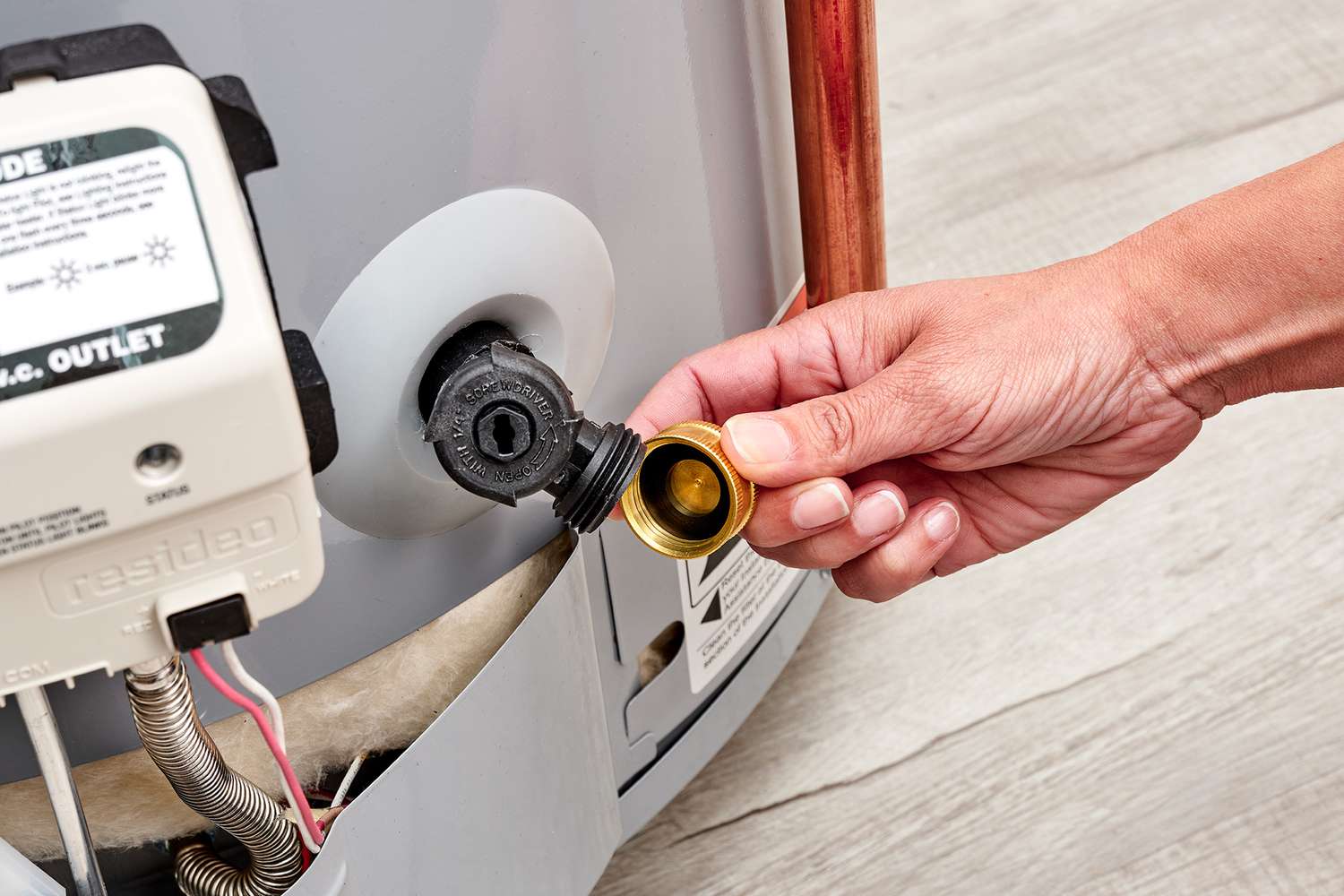
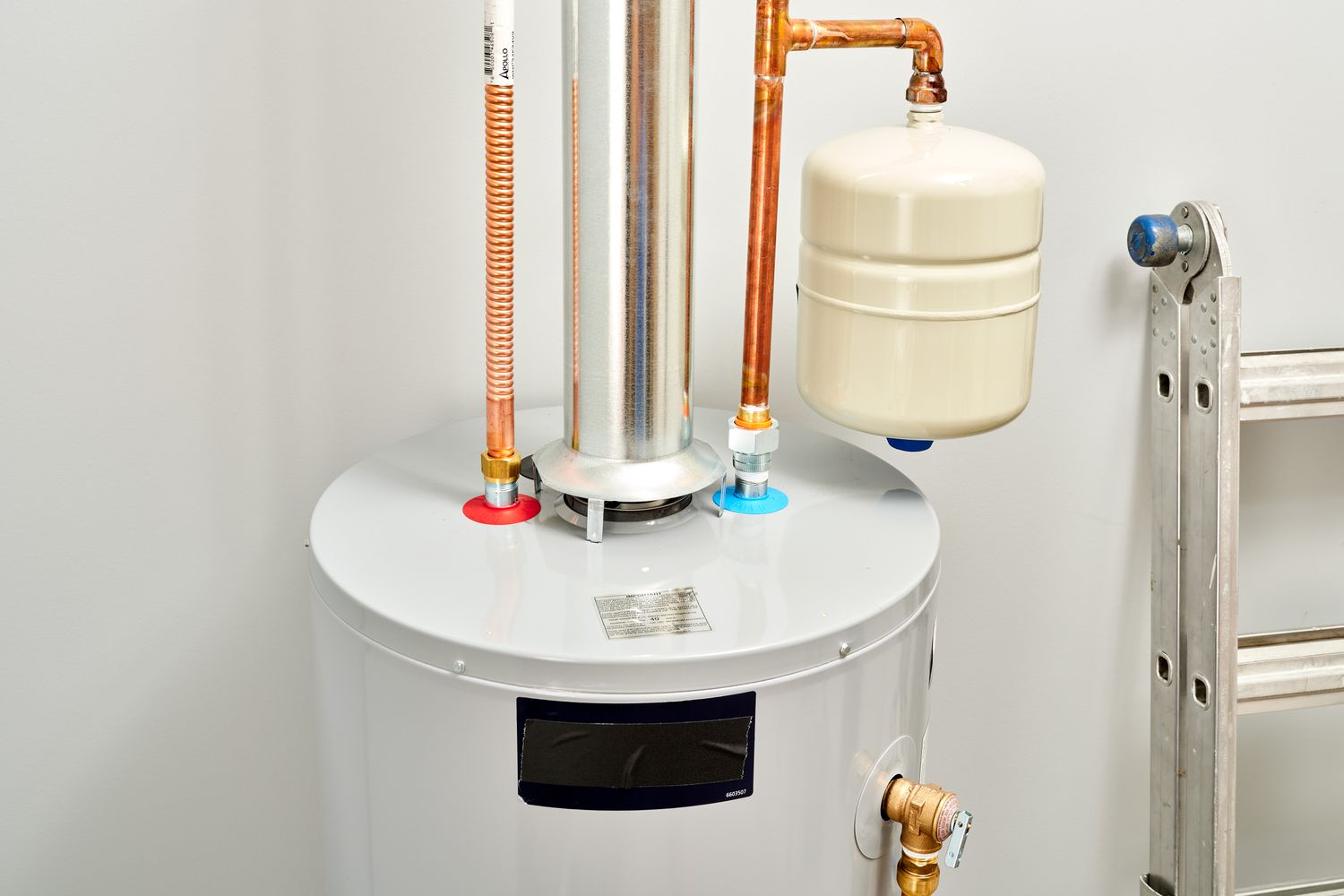

0 thoughts on “How To Use Water Heater”